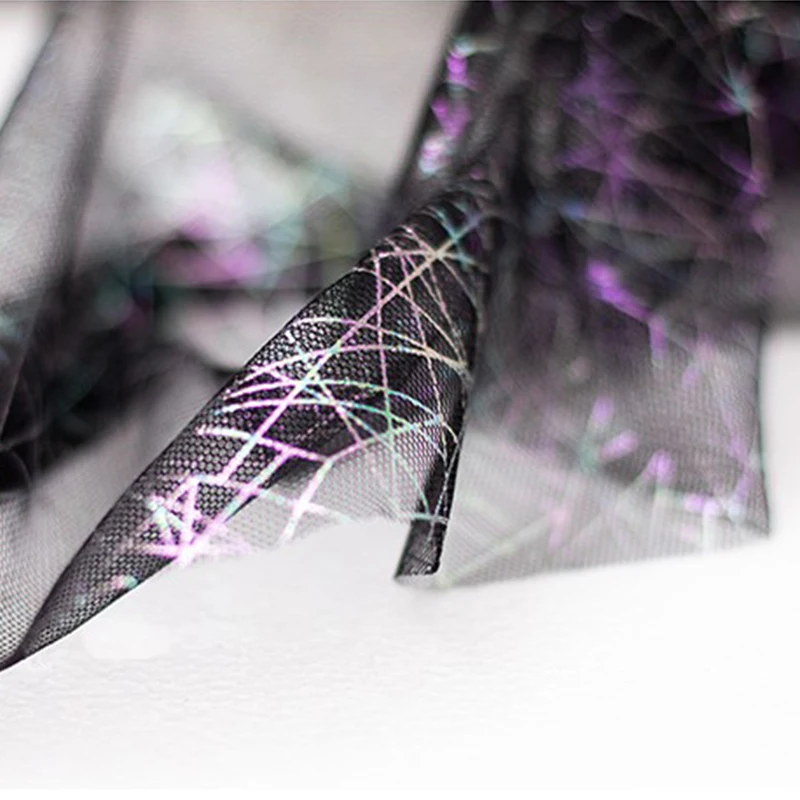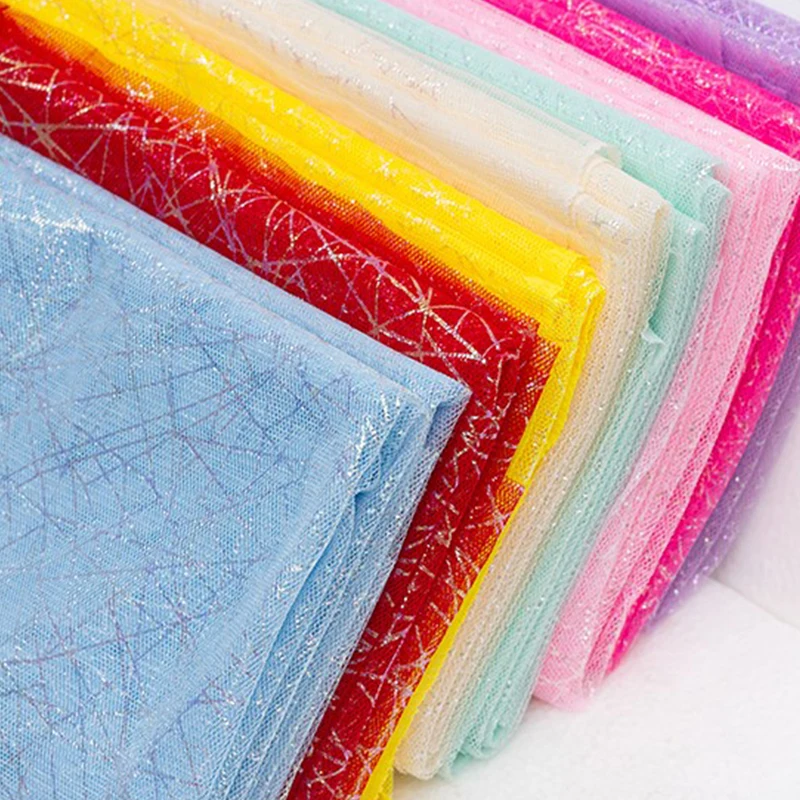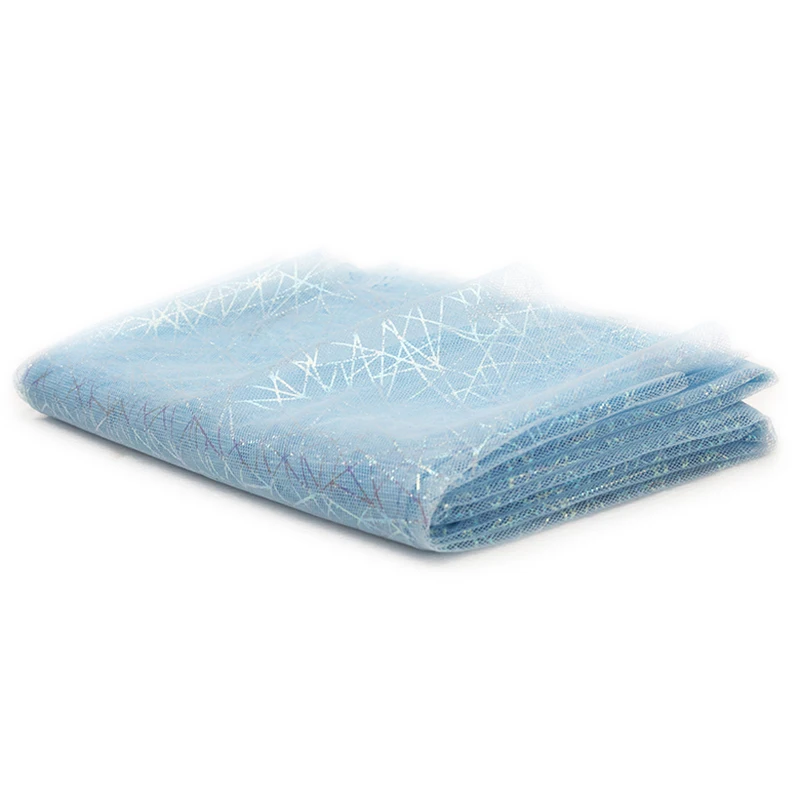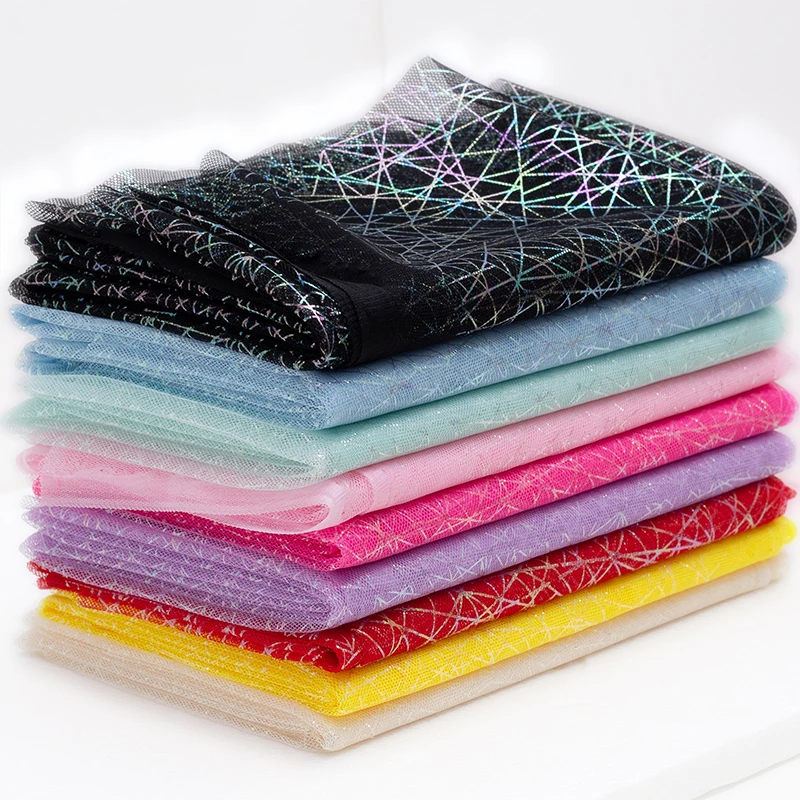Introduction: Unraveling the Threads of Fabric Creation
The journey from raw fiber to the soft, colorful textiles we wear and use daily is a fascinating tale of transformation. This intricate process involves numerous stages, each meticulously executed to ensure the final fabric meets the desired quality and functionality standards. This comprehensive guide delves into the intricate steps of creating fabric, from sourcing fibers to weaving, knitting, or other fabrication methods, ultimately revealing the art and science behind textile manufacturing.
Fiber Selection: Nature’s Gift and Synthetic Marvels
The first step in the fabric-making process is selecting the appropriate fiber type. Natural fibers, such as cotton, wool, silk, and linen, are derived from plants or animals and offer unique properties like breath ability and durability. Cotton, known for its softness and absorbency, is harvested from cotton plants, while wool shear from sheep and celebrated for its warmth and insulation. On the other hand, synthetic fibers like polyester, nylon, and acrylic are man-made, often sourced from petrochemicals, and valued for their strength, colorfastness, and cost-effectiveness. Choosing the right fiber sets the foundation for the fabric’s end-use, whether it’s clothing, upholstery, or industrial applications.

Cleaning and Preparation: Purification and Alignment
Once the fibers are sourced, they undergo rigorous cleaning to remove dirt, debris, and natural impurities. For natural fibers, this might involve soaking, carding (to align fibers), and scouring. Synthetic fibers typically require less purification due to their manufactured origins. After cleaning, fibers may be bleached to achieve uniformity in color, especially if a bright white base is needed for dyeing. Proper preparation ensures fibers can be efficiently processed into yarns without damage or inconsistency.
Conversion to Yarn: Spinning a Tale
The next crucial stage is converting the purified fibers into yarn. In the spinning process, individual fibers are twisted together to form a continuous strand. This can be achieved through traditional methods using a spinning wheel or modern, mechanized spinning machines. The amount of twist added determines the yarn’s strength and texture. For instance, tightly twisted yarns result in sturdy, smooth fabrics, whereas loosely twisted yarns create a softer, more textured feel. Additionally, fibers can be blended during this stage to combine properties, such as blending cotton with polyester for durability and wrinkle resistance.

Dyeing and Printing: Adding Color and Patterns
Before or after weaving/knitting, yarns or fabrics can dye to impart color. Dyeing is a precise chemical process where yarns submerg in vats of dye under controlled temperature and pH conditions. Modern dyeing techniques emphasize eco-friendliness, minimizing water usage and toxic chemicals. Alternatively, printing techniques like screen printing, digital printing, or rotary printing use to apply patterns or designs onto the fabric surface. These methods allow for intricate and colorful designs, enhancing the aesthetic appeal of the textile.
Weaving and Knitting: Creating Structure
Fabric formation is primarily achieved through two primary methods: weaving and knitting. In weaving, warp yarns (lengthwise) are set up on a loom, and weft yarns (crosswise) are interlaced at right angles. Different weave structures—plain, twill, or satin—create varying textures and strengths. Knitting, on the other hand, involves interlocking loops of yarn either by hand or machine. This method produces fabrics that are stretchier and more flexible than woven fabrics, suitable for garments like sweaters and socks. Both processes offer a wide array of options for fabric structure and appearance.
Finishing Touches: Enhancing Functionality and Aesthetics
Post-weaving or knitting, fabrics undergo various finishing treatments to improve their handle, appearance, and performance. These can include calendaring, where fabrics pass through heated rollers to achieve a smooth finish, or mercerization for cotton, which increases luster and improves dye affinity. Other finishes include waterproofing, fire retardation, and softening agents to enhance comfort. Additionally, fabrics may mechanically brush to raise a nap for a softer feel, as in the case of flannel.

Quality Control and Inspection: Ensuring Perfection
Throughout the production process, quality control checks are critical to maintaining standards. Visual inspections for defects, tensile strength testing, and colorfastness assessments ensure that the fabric meets industry and customer expectations. Automated systems with advanced technologies like AI and machine vision increasingly employ to detect even the slightest imperfections, ensuring consistency and minimizing waste.
Sustainability and the Future of Fabric Manufacturing
As environmental concerns rise, the textile industry is shifting towards more sustainable practices. This includes using recycled fibers, organic cultivation of natural fibers, closed-loop production systems to minimize water waste, and adopting renewable energy sources. Innovations in biodegradable synthetics and alternative fiber sources like bamboo, hemp, and even recycled plastic bottles are reshaping the landscape. The future of fabric manufacturing aims to balance efficiency, creativity, and environmental responsibility.
Innovative Technologies Revolutionizing Textile Production
The integration of advanced technologies is transforming the traditional methods of weaving and knitting, enhancing productivity, customization, and sustainability. Digital weaving systems allow for intricate designs and patterns to create with precision, reducing setup times and material waste. Smart knitting machines, utilizing computer-aided design (CAD) software, can produce complex three-dimensional structures and personalized garments on demand.
3D Printing and On-Demand Manufacturing
3D printing technology is pushing the boundaries of textile manufacturing by enabling the creation of unique structures and shapes unattainable through conventional methods. With the ability to print directly from digital designs, this process reduces waste and enables rapid prototyping and customization. It also paves the way for on-demand production, where items are manufactur only when ordered, thus minimizing excess inventory and its associat environmental impact.
Nanotechnology in Textiles
Nanotechnology is another frontier in fabric innovation, offering functionalities such as self-cleaning, antimicrobial properties, and enhanced durability. Nano-coatings can make textiles water-resistant without compromising breathability, while nanoscale additives can provide UV protection or conductive properties for smart textiles integrated with electronics.
Smart and Interactive Fabrics
The emergence of smart textiles, also known as e-textiles, integrates technology into the fabric itself, creating garments that can sense and respond to their environment or the wearer’s needs. These fabrics might include embedded sensors to monitor health indicators, conductive threads for touch-sensitive controls, or even photovoltaic cells to generate power. As wearable technology advances, smart fabrics poising to revolutionize sectors ranging from healthcare to sports and fashion.
Circular Economy and Closed-Loop Systems
To further promote sustainability, the industry is moving towards circular economy models where resources are kept in use for as long as possible. This includes the development of closed-loop recycling systems that can break down fabrics into their base components for reuse in new textiles, minimizing waste and dependency on virgin materials. Chemical recycling methods, for instance, can transform mixed fiber textiles that are traditionally difficult to recycle into high-quality fibers again.
Traceability and Transparency
Advancements in blockchain technology are improving transparency across supply chains, allowing consumers to trace the origin and journey of their textiles, ensuring ethical sourcing and sustainable practices. This not only fosters trust but also encourages responsible production throughout the entire value chain.
In conclusion, the future of fabric manufacturing envisions a harmonious blend of tradition and innovation, sustainability and technology. By embracing these advancements, the industry can strive for a future where creative expression, functional excellence. And environmental stewardship coexist, redefining the way we perceive and interact with textiles.
Conclusion: From Raw Material to a World of Textiles
The intricate journey of transforming fibers into textiles is a testament to human ingenuity and our deep-rooted connection to materials. From the careful selection of natural and synthetic fibers to the artful weaving, dyeing, and finishing. Each step contributes to the creation of fabrics that clothe us, decorate our homes, and fuel industries. As technology advances and sustainability becomes central to manufacturing. The story of fabric production continues to evolve, promising a future where beauty meets responsibility in every thread.









